Die maan het mense (en diere) van die vroegste tye af gefassineer en beïnvloed. In antieke tye het mense die wisseling van seisoene bepaal deur die stand van die maan.
Die sogenaamde “bloedmaan”, wat ’n maansverduistering is, sal nie op 31 Januarie in Suid-Afrika gesien kan word nie.
‘n Maansverduistering is wanneer die aarde tussen die son en die maan inbeweeg; en wanneer die maan tussen die aarde en die son inbeweeg, is dit ’n sonsverduistering. Albei gebeur elke jaar, maar dit kan nie oral gesien word nie.
Die rooi maan, of bloedmaan, verwys na die koperkleur wat die maan vertoon tydens ’n maansverduistering, soos wat op 31 Januarie te sien sal wees oor dele van Suid- en Noord-Amerika, Noord-Oos Europa, Rusland, ens.
Die aarde se atmosfeer buig die son se lig sodanig dat van die lig altyd die maan se oppervlak bereik.
Dit wat deurkom, is merendeels rooi lig.
31 January 2018 — Total Lunar Eclipse
The total phase of this lunar eclipse will be visible in large parts of US, northeastern Europe, Russia, Asia, the Indian Ocean, the Pacific, and Australia.
Follow our LIVE eclipse coverage!
Is this Total Lunar Eclipse visible in Cape Town?
What This Lunar Eclipse Looks Like
The animation shows approximately what the eclipse looks like from the night side of the Earth.
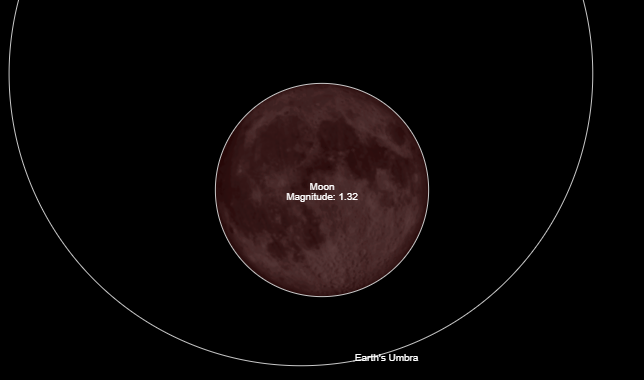
Wednesday, 31 January 2018, 13:29 UTC
https://www.timeanddate.com/eclipse/lunar/2018-january-31
Where to See the Eclipse
Detailed eclipse path map
3D globe map
Try our new interactive eclipse maps. Zoom in and search for accurate eclipse times and visualizations for any location.
Regions seeing, at least, some parts of the eclipse: North/East Europe, Asia, Australia, North/East Africa, North America, North/West South America, Pacific, Atlantic, Indian Ocean, Arctic, Antarctica.
Expand for some cities where at least part of the total eclipse is visible Expand for some cities where partial eclipse is visible
Is this eclipse visible in Cape Town?
Eclipse Map and Animation
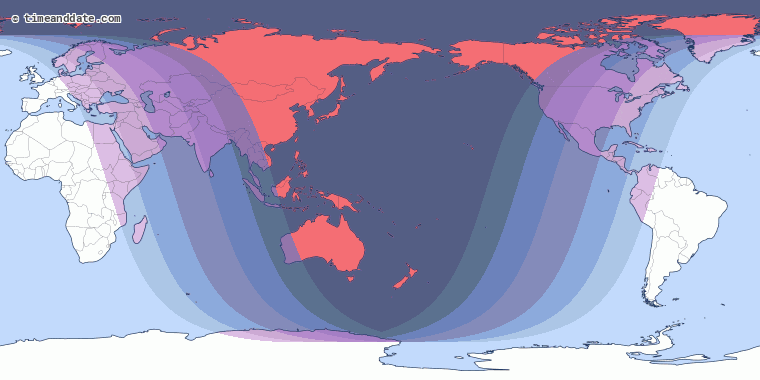
Entire eclipse visible from start to end.Entire partial and total phases visible. Misses part of penumbral phase.Entire total phase visible. Misses part of partial & penumbral phases.Some of the total phase visible. Misses part of total, partial & penumbral phases.Some of the partial phase visible. Misses total phase and part of partial & penumbral phases.Some of the penumbral phase visible. Misses total & partial phases.Eclipse not visible at all.
Note: Areas with lighter shadings left (West) of the center will experience the eclipse after moonrise/sunset. Areas with lighter shadings right (East) of the center will experience the eclipse until moonset/sunrise. Actual eclipse visibility depends on weather conditions and line of sight to the Moon.
Het jy geweet?
January: Wolf Moon
The first Full Moon of the year is named after howling wolves. In some cultures, it was known as Old Moon, Ice Moon, Snow Moon, and the Moon after Yule.
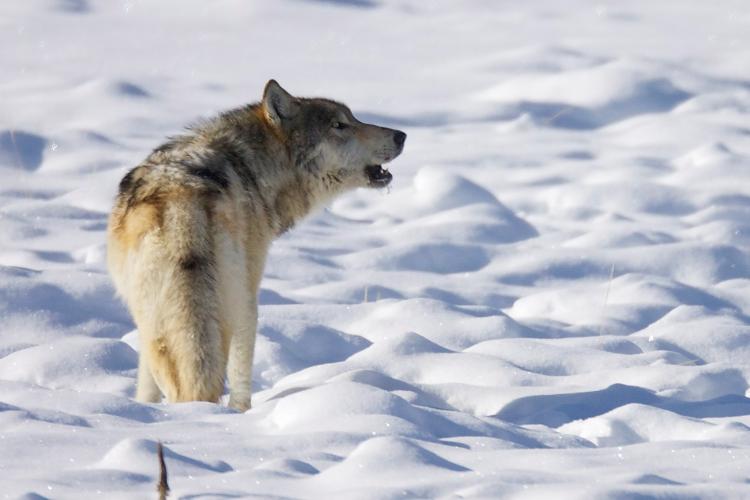
Wolves howl a lot in January. ©iStockphoto.com/RHainstock
The Wolf Moon on the night between 1 and 2 January 2018 is a Supermoon.
The following Full Moon is also in January, on the 31. It has no given name, which makes it a Blue Moon. However, this particular Blue Moon will likely look red in some areas, because it will cause a total lunar eclipse, also known as a Blood Moon.
Jan 31: Where is the total lunar eclipse visible?
Naming the Full Moon
In ancient times, it was common to track the changing seasons by following the lunar month rather than the solar year, which the 12 months in our modern calendar are based on.
For millennia, people across Europe, as well as Native American tribes, named the months after features they associated with the Northern Hemisphere seasons, and many of these names are very similar or identical.
Today, we use many of these ancient month names as Full Moon names. A common explanation is that Colonial Americans adopted many of the Native American names and incorporated them into the modern calendar. However, it seems that it is a combination of Native American, Anglo-Saxon, and Germanic month names which gave birth to the names commonly used for the Full Moon today.
Some years have 13 Full Moons, which makes one of them a Blue Moon, as it doesn’t quite fit in with the traditional Full Moon naming system. However, this is not the only definition of a Blue Moon.
How many Full Moons this year?
Howling Wolves in January
The January Full Moon is often called the Wolf Moon. Other names include Old Moon, Ice Moon, and Snow Moon, although this name is usually attributed to the February Full Moon.
While the almanac states that Wolf Moon is a Native American name, other sources claim that it has Anglo-Saxon origins. In Anglo-Saxon culture, the January Full Moon was also called the Moon after Yule, which is the time of the ancient festival celebrating the Winter Solstice around December 22.
Why Do Wolves Howl?
Regardless of where the name Wolf Moon comes from; wolves howl to communicate over long distances both in North America and in Europe. It is a way of saying “here I am” to the rest of the pack or “stay away” to intruders.
During the denning season in spring and early summer, wolves only howl to pack mates. As the late summer moves towards fall, wolves call more and more to neighbors and enemies. While an average howl from a single wolf lasts from 3 to 7 seconds, a chorus by a pack can last from 30 to 120 seconds and longer during the breeding season in February. So wolves are particularly loud and vocal in the first months of the year, which is probably why people associated the month of January with howling wolves.
Do Wolves Howl at the Moon?
The scientific community has no indication that the Moon phase plays any particular part in the calls of the wolf, but wolves are nocturnal animals, so they are in general more active at night. And wolves do howl in the direction of the Moon; they point their faces toward the sky for better acoustics, because projecting their howl upward carries the sound farther.
How can Full Moon be in the daytime?
Source:
https://www.timeanddate.com/astronomy/moon/wolf.html
What Is a Blood Moon?
Next Total Lunar Eclipse: Wed, 31 Jan 2018 … See animation
A total lunar eclipse is sometimes called a Blood Moon, owing to the reddish tinge of the eclipsed Full Moon. The term is also used to describe 4 total lunar eclipses that occur in a row.
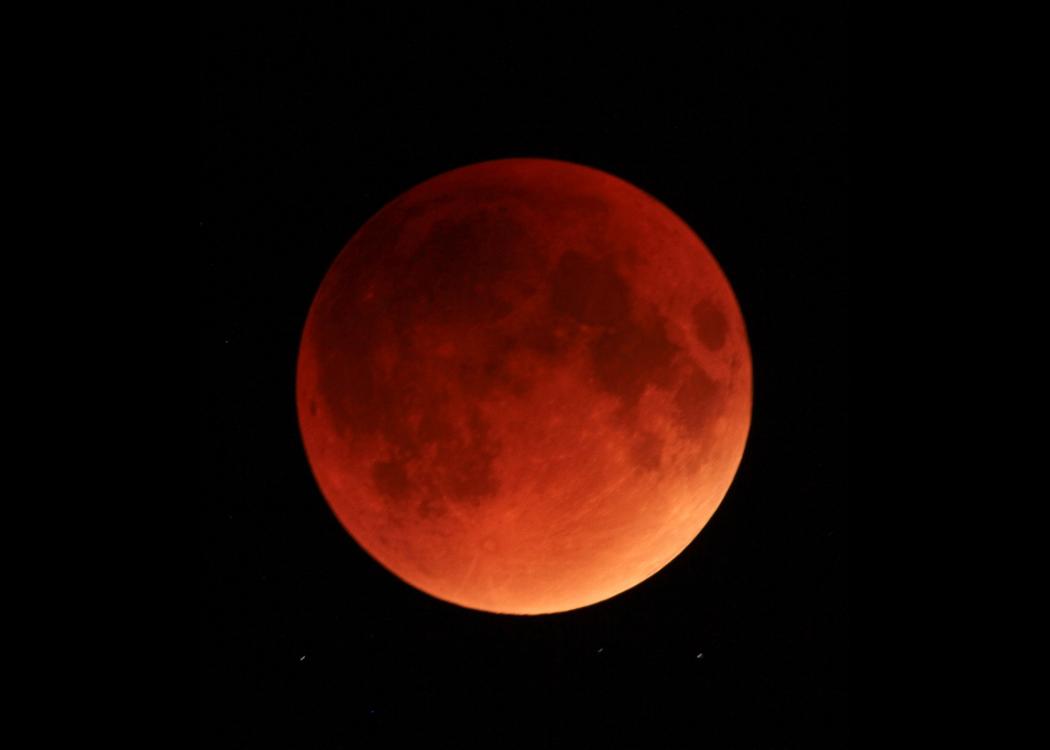
A total lunar eclipse can be a Blood Moon.
Deanne Fortnam
Eclipses in your city (with animations)
Why Blood Moons Are Red
While Blood Moon is not a scientific term, it is used colloquially to refer to a total lunar eclipse, because a fully eclipsed Moon often takes on a reddish color. So why does the Moon turn red?
A total lunar eclipse happens when the Moon travels through the Earth’s umbra, the dark central portion of its shadow, and the Earth blocks all direct sunlight from falling onto the Moon’s surface. However, the Moon does not turn completely dark during a total eclipse as part of the sunlight still reaches the lunar surface indirectly, via the Earth’s atmosphere.
As the Sun’s rays pass through the atmosphere, some of their colors are filtered out by a phenomenon called Rayleigh scattering, which is the same mechanism that causes colorful sunrises and sunsets. Red wavelengths are least affected by this effect, so the light reaching the Moon’s surface has a reddish hue, causing the fully eclipsed Moon to take on a red color.
Depending on the composition of the atmosphere during the eclipse, different parts of the light spectrum are filtered out, so the Moon may also look yellow, orange, or brown during a total lunar eclipse.
Lunar Tetrad
The term Blood Moon is also sometimes used to refer to four total lunar eclipses that happen in the space of two years, a phenomenon astronomers call a lunar tetrad. The eclipses in a tetrad occur six months apart with at least six Full Moons between them.
Usually, only about one in three lunar eclipses are total, and about four to five total eclipses can be seen from any single location on Earth in a decade. This means that lunar tetrads are rare occurrences, leading some to attach special, even religious, significance to these events.
Blood Moons & the 2014–2015 Lunar Tetrad
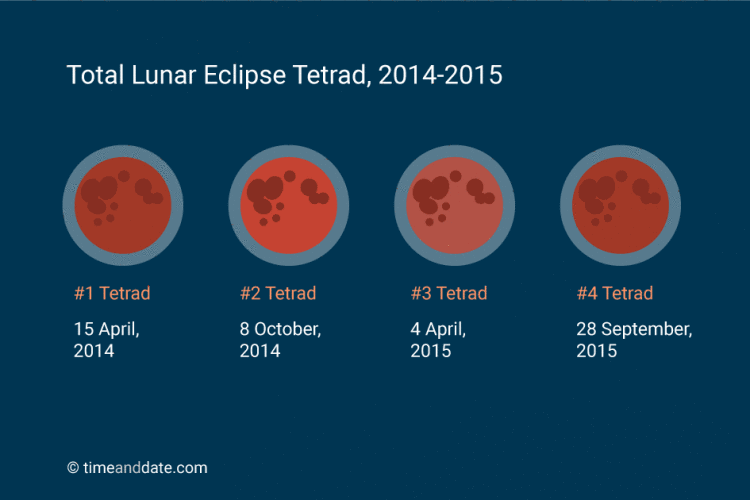
2014–2015 lunar tetrad.
The 2014–2015 lunar tetrad gathered a lot of attention because of claims by some religious organizations that the eclipses in the tetrad were a sign of the end times. Some even called the eclipses Blood Moons after a statement in the Book of Joel in the Hebrew Bible, that referred to the Sun turning dark and the Moon turning red before the second coming of Jesus.
Christian pastors Mark Blitz and John Hagee are thought to have been instrumental in popularizing the idea of the prophetic nature of the 2014–2015 Blood Moons, which supposedly had special significance because they coincided with important Jewish festivals. The April 15, 2014 and April 4, 2015 Total Lunar Eclipses occurred at the same time as Passover, while the October 8, 2014 and September 28, 2015 eclipses occurred during the Feast of Tabernacle.
In photos: 2015 Super Blood Moon eclipse
The 2014–2015 lunar tetrad or Blood Moons were significant for an additional reason—all 4 total lunar eclipses were visible from most of the United States. The September 28, 2015 eclipse was the last total lunar eclipse visible from mainland USA until January 31, 2018.
Another Prophecy That Never Came True
Reports of impending doom due to the Blood Moon prophecy were clearly exaggerated, especially since 8 tetrads since 1 C.E. have coincided with Jewish holidays without the world going under. In fact, prior to the last eclipse of the 2014–2015 tetrad, many religious organizations debunked the doomsday claims and reassured their followers that the world wasn’t going to end anytime soon.
Other doomsday prophecies that fell short
How Often do Lunar Tetrads Happen?
It depends on the century you look at. Italian astronomer Giovanni Schiaparelli calculated that the occurrence of lunar tetrads varies over centuries. Some 300-year intervals have several lunar tetrads, while other 300-year intervals do not have any. For example, the years between 1582 and 1908 did not have any tetrads, whereas the next 250 years—from 1909 to 2156—will have 17 tetrads.
When’s the Next Blood Moon?
According to NASA, the current century—2001 to 2100—will have 8 tetrads. The first tetrad of the 21st century took place in 2003, the second was in 2014–2015, and the next will be in 2032–2033, with the following eclipses:
• April 25/26, 2032
• October 18/19, 2032
• April 14/15, 2033
• October 08, 2033
Upcoming 5 Total Lunar Eclipses

Lunar Eclipse(Total)North/East Europe, Asia, Australia, North/East Africa, North America, North/West South America, Pacific, Atlantic, Indian Ocean, Arctic, Antarctica

Lunar Eclipse(Total)Much of Europe, Much of Asia, Australia, Africa, South in North America, South America, Pacific, Atlantic, Indian Ocean, Antarctica

Lunar Eclipse(Total)Europe, Asia, Africa, North America, South America, Pacific, Atlantic, Indian Ocean, Arctic

Lunar Eclipse(Total)South/East Asia, Australia, Much of North America, South America, Pacific, Atlantic, Indian Ocean, Antarctica

Lunar Eclipse(Total)South/West Europe, South/West Asia, Africa, Much of North America, South America, Pacific, Atlantic, Indian Ocean, Antarctica











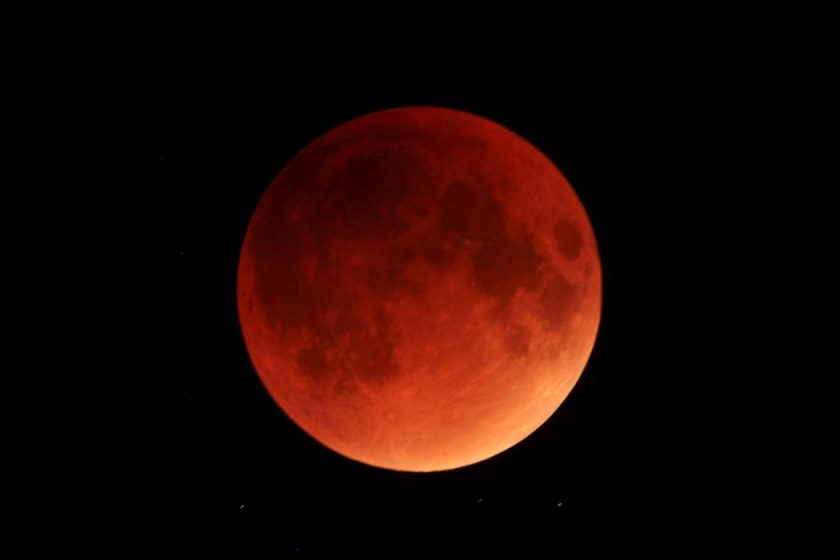
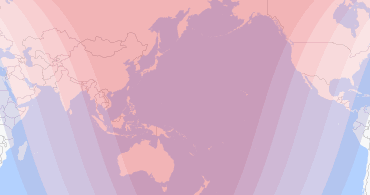
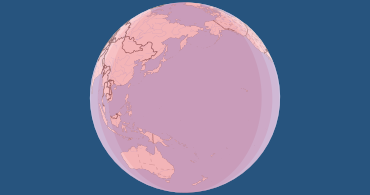
Comments